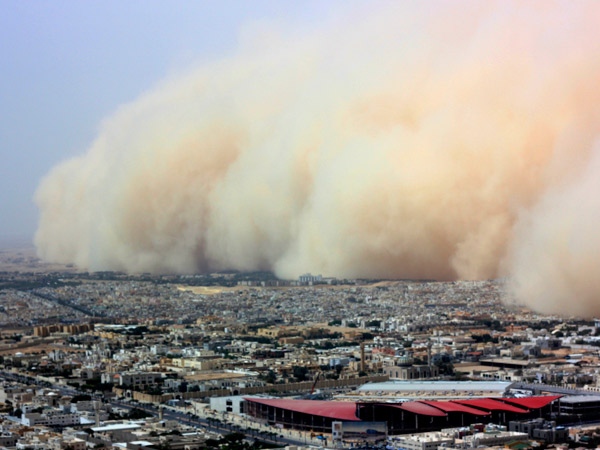What is a dust storm?
In this article, we are going to analyze the relationship between dust storms and HVAC systems. A dust storm is a massive cloud of dust and debris propelled into an area by powerful winds originating from thunderstorms. The dust storm’s wall can extend for miles in length and reach heights of several thousand feet. Dust storms are common in specific regions characterized by arid or semi arid climates. Some of the most involved areas in the world are:
- Sahara Desert and Africa;
- Arabian Peninsula (Saudi Arabia, Iraq, Iran);
- Arizona and New Mexico;
- Inner Mongolia, Gobi Desert, Northern and Western China;
- Australian Outback;
- Middle East (Kuwait, United Arab Emirates, Israel);
- Central Asia (ex: Turkmenistan and Kazakhstan).
Dust Storms: Effects on HVAC
HVAC systems are designed to maintain indoor air quality and comfort, but they are not equipped to handle dust storms. Consequently, several problems can arise:
- air filter clogging;
- reduced ventilation system efficiency;
- component damage.
It is also very important to know that filters, even if clean and not clogged, are not enough to prevent the dust from getting inside ventilation systems and contaminating them: they are not designed to stop the dust.

Effects of Dust Storms on Human Health
How to Manage HVAC Hygiene After a Dust Storm
HVAC Monitoring with Remotair
In conclusion, dust storms negative effects on indoor air quality bring to serious health concerns too. SBS and BRI-relted absenteeism, decreased productivity and increased healthcare costs have a bad economic impact on businesses and organizations. HVAC continous monitoring systems like Remotair are the key to reverse the trend! Want to learn more about dust storms? Click on the button below!





